Fitbit is a popular consumer electronics company that manufactures and sells health and fitness products. Founded in 2007 and headquartered in Delaware, this iconic American company exploits cutting-edge tracking technologies to deliver industry-leading fitness bands and wearables.
Fitbit has delivered several wearable fitness trackers that monitor steps, strides, sleep, and more. The Fitbit Charge 3 is one of its top-selling versions and popular among fitness enthusiasts due to its ease of use, comfort, and accuracy in tracking and recording different metrics.
In 2020, Fitbit released Charge 4 which is almost identical to Charge 3. But, Charge 4’s plastic resin case is 28.8 x 42.7 x 12.5mm and weighs 30g, while Charge 3’s stainless steel case measures 35.8 x 22.7 x 11.8mm and weighs 29g. The Fitbit Charge 4 also has new features.
The company also offers Fitbit Inspire HR with more than 15 goal-based exercise modes and tracks sleep stages, pace, and distance when connected to the user’s smartphone GPS. The Inspire HR is slimmer than the Charge 3 but does not offer some advanced features like the Charge 3’s altimeter and weather app. In terms of battery life, the Inspire HR lasts for up to 5 days versus 7 days for the Charge 3.
Both versions are water-resistant up to 50 meters deep and offer a heart-rate monitor. The Charge 3 costs between $145 and $150, while the Inspire HR goes for $80 to $85 but the price can rise to $100 depending on demand.
Fitbit’s best-in-class app, design, and features have enabled the company to dominate the market. In 2021 and beyond, Fitbit has to fend off strong competition from fitness bands offered by giants like Samsung, Huawei, Apple, and Xiaomi.
Here is the full list and in-depth analysis of Fitbit’s top competitors and alternatives:
1. Xiaomi Mi band
Year founded: 2010
Headquarter: Beijing, China
Xiaomi Mi band is a wearable fitness tracker from Chinese communications giant Xiaomi. It develops and manufactures its Mi Band series of wearables in cooperation with Huami, which is another top Fitbit competitor.
The Xiaomi Mi Smart Band 4 is its top-selling fitness tracker and costs only $40, about 30% of the price for Fitbit Charge 3.
Its features include more than 40 screen options, off-board music control, smartphone notifications, and 90 exercise modes, which is more than any other wearable on the market. Mi Smart Band 4 has a battery life of 3 weeks versus 7 days for Fitbit Charge 3.
Data for Q2 2020 indicates that 13.4 million units of the Xiaomi Mi Band have been shipped, which makes it the most-shipped wearable range in the world. Even though the Mi Band 4 is still highly demanded, Xiaomi recently released the Mi Band 5 and is also already contributing impressive numbers to its tally.
It was the most popular smart band in China in 2020 with 5.49 million units shipped. Xiaomi Mi Band is Fitbit’s top competitor and alternative.
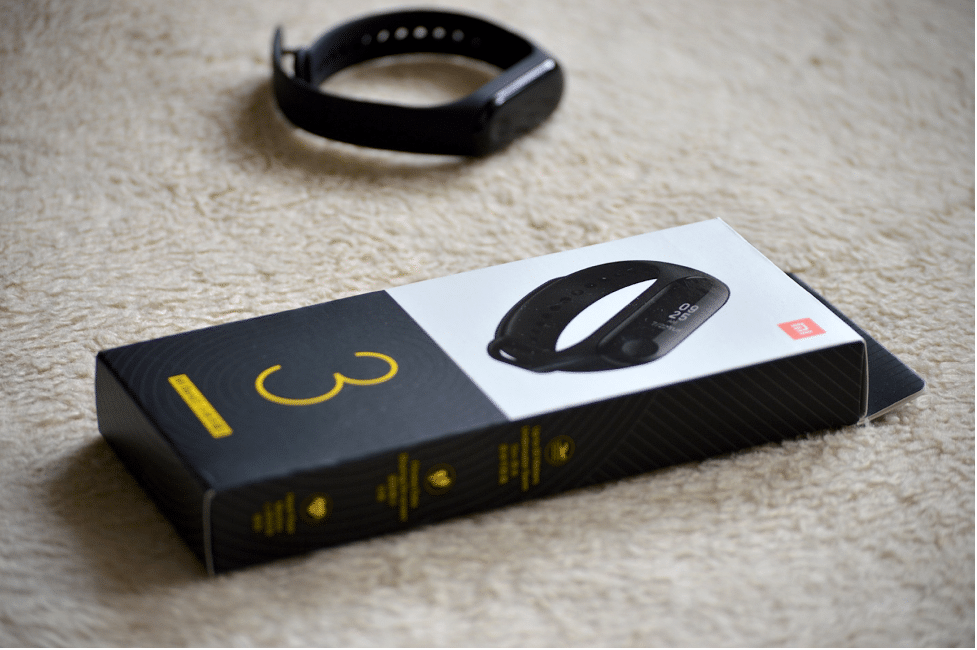
2. Garmin
Year founded: 1989
Headquarter: Olathe, Kansas
Garmin is a technology company that deals in GPS receivers, avionics, and wearables. Its long list of wearable products includes Garmin Vivosmart 4 and Vivofit 3, which are the strongest alternatives for Fitbit’s wearables.
Garmin’s Vivosmart 4 has 7 days of battery life and offers an innovative feature called a body battery that determines the best time for the user to exercise based on their energy levels.
Vivosmart 4 competes with Fitbit’s Charge 3, while Vivofit 3 is the perfect alternative to the Charge 2 and other lower-tier Fitbit wearable. Garmin is a top Fitbit competitor.
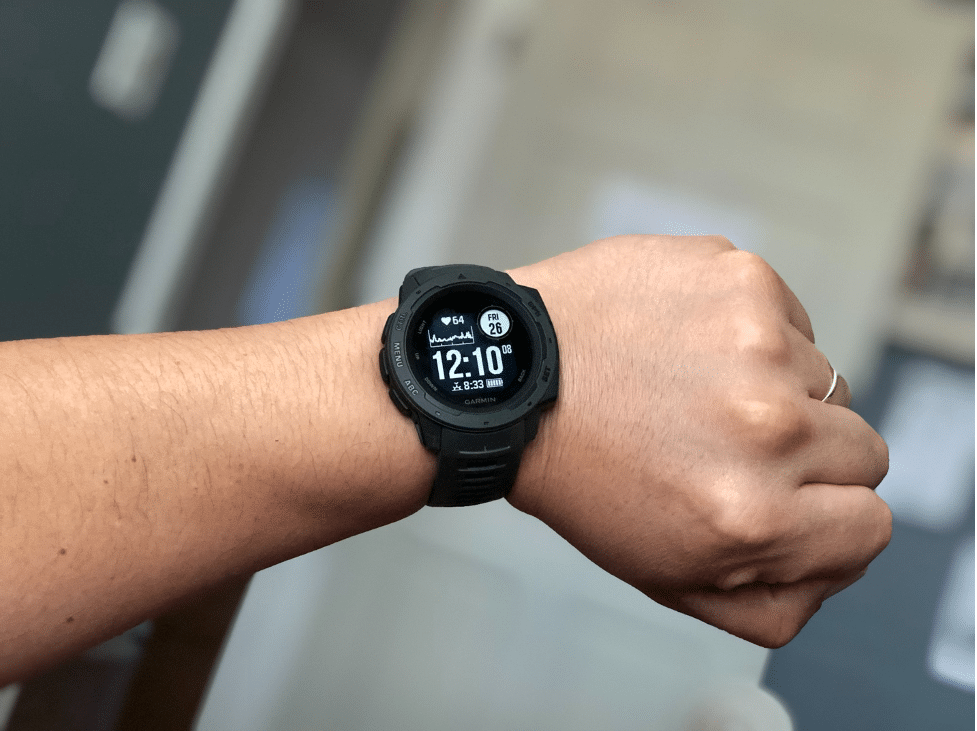
3. Samsung Gear Fit
Year founded: 2014
Headquarter: Seoul, South Korea
Samsung Gear Fit is a series of fitness wristbands, apps, and smart devices offered by Samsung Electronics. Gear Fit2 Pro is an activity tracker with a pedometer, heart rate sensor, and different modes for hiking and cycling but has short battery life.
Samsung recently released the Galaxy Fit 2 that can last 15 to 21 days on a single charge. Its long battery life increases its advantage over the Fitbit Inspire 2 that lasts for only 10 days. Samsung fitness wearables can poach Fitbit’s customers.
4. Apple Watch
Year founded: 1976
Headquarter: Cupertino, California
Apple Watch is a line of smartwatches designed and manufactured by Apple Inc. In 2020, Apple released Apple Watch Series 6 recognized as its most fitness-forward wearable. Its exclusive health features like Pulse Oximeter can take a reading in 15 seconds and records blood oxygen level automatically 24/7.
The main advantage of Apple Watch is its integration with iOS and other Apple services and products. Apple Watch Series 5 and 6 are by far the smartest Fitbit alternatives. But its battery lasts about 18 hours and costs $399, which gives Fitbit an edge.
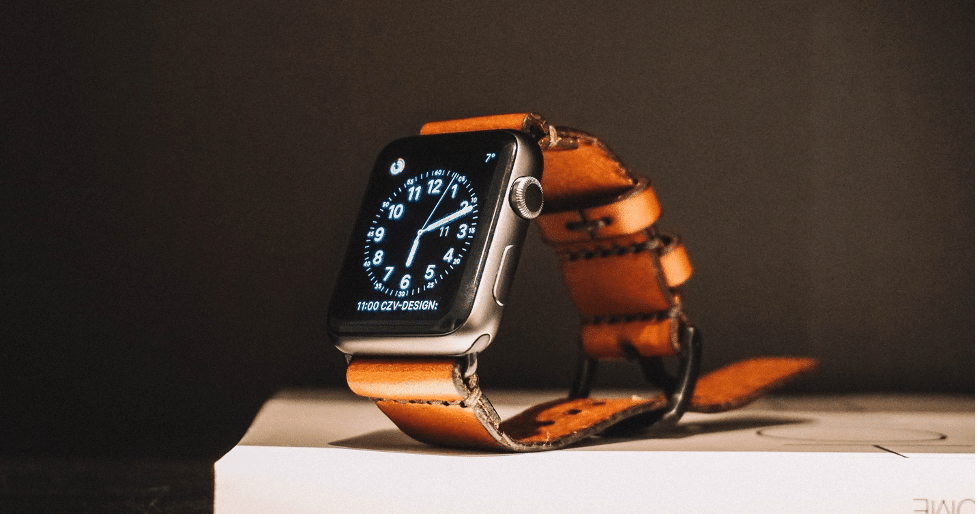
5. Huawei Band
Year founded: 1987
Headquarter: Shenzhen, China
Huawei is a global powerhouse in the ICT sector and also offers fitness wearables. Its Huawei Band is a tracking device that monitors daily activity, including calories burned, step count, and distance covered. Just like Fitbit, Huawei Band is waterproof up to 50 meters underwater and features an independent GPS, heart rate sensor, sleep monitor, and fitness tracker.
Huawei recently launched Huawei Mate Watch and Huawei Mate 40 series, which increases its competitive edge over Fitbit.
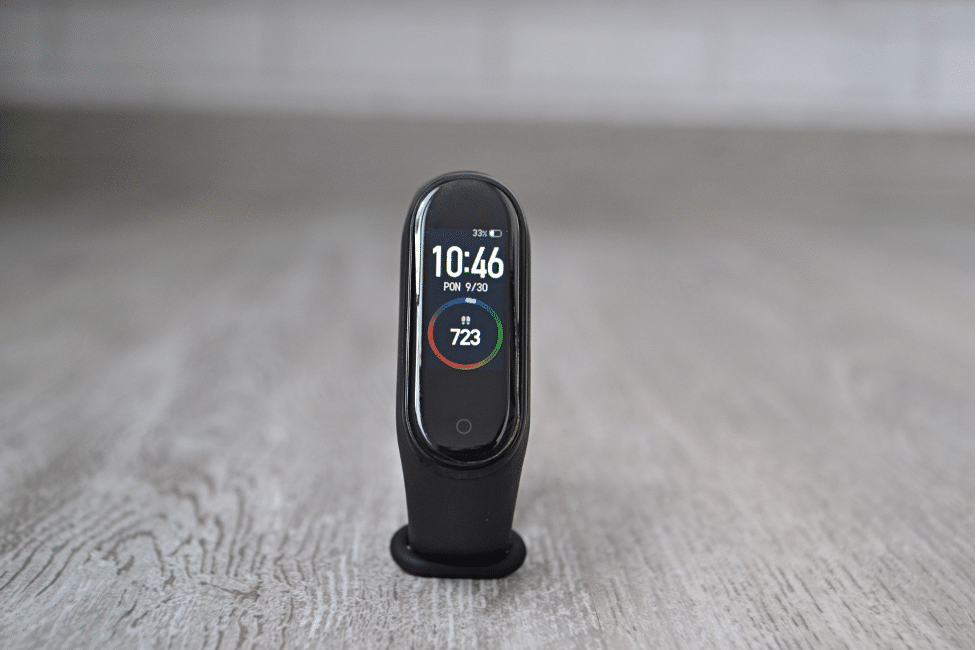
6. Whoop Strap
Year founded: 2012
Headquarter: Boston
Whoop is a technology company that makes fitness trackers and wearables. It stands out as the only Fitbit competitor with its workout service offered to Whoop members for $18 per month. Whoop has raised more than $200 million in funding and closed a $100 million Series E
Financing round in Sep 2020, valuing it at $1.2 billion. The company hired 200 new employees in 2020 and now has more than 330 employees. Its subscribers have been growing quickly over the last 12 months, which markets it as a worthy Fitbit competitor.
6. Amazfit
Year founded: 2015
Headquarter: Beijing, China
Amazfit is an affordable fitness smartwatch offered by Huami from China. It collaborates with Xiaomi Mi bands, which increases its competitive edge. Amazfit is affordable and can last up to 14 days on one charge. In Q2 2020, 1.74 million units of the Amazfit smartwatch were shipped globally and elevated Huami to 5th place in the rankings for smartwatches.
Amazfit had so far launched the GTR 2, GTS 2, and GTS 2 mini, and plans to release more smartwatches under the GT 2 series during the CES 2021. Amazfit’s new releases give it an edge over Fitbit.
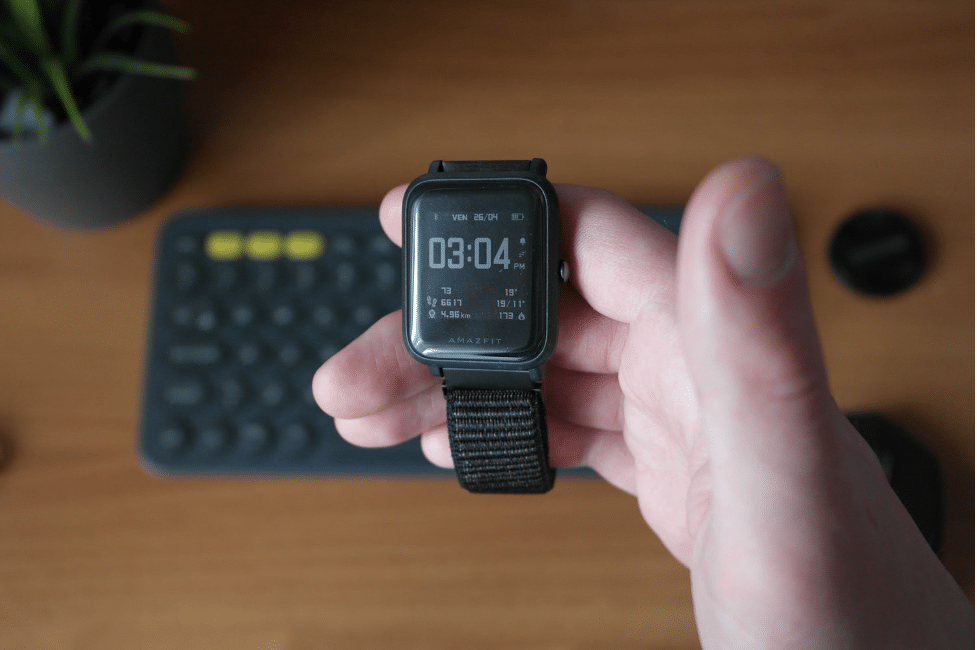
7. Moov
Year founded: 2014
Headquarter: San Francisco, California
Moov is a fitness-focused wearable provider. It offers Moov AI Coach, Moov app, Moov Now, and Moov HR heart-rate monitor. Moov Now is worn on the ankle and sends data to the Moov app. Moov HR consists of two devices – Sweat and Burn, which tracks the intensity of the workout by monitoring the wearer’s heart rate.
Moov wearables are multi-sport and have an internal battery that can last for up to 6 months, which is a big advantage over Fitbit. Moov Now and Moov HR are also cheaper than Fitbit’s wearables.
8. Misfit
Year founded: 2011
Headquarter: Burlingame, California
Misfit specializes in wearable technology and offers uniquely designed fitness trackers that help users to monitor burned calories, sleep, and more. It offers several wearables like the Misfit Shine designed for comfort.
Its Misfit Vapor 2 is a great option for people who value smart features over fitness features. Vapor 2 has a 1.5-inch screen and weighs 75g but it is less comfortable than the Misfit Shine. Misfit is cheaper than Fitbit and offers only 24 hours of battery life.
9. Polar Electro Inc.
Year founded: 1977
Headquarter: Kempele, Finland
Polar specializes in smartwatches and fitness wearables. The company’s Polar Ignite has a sporty design, integrated GPS, and color touchscreen. Polar also offers Vantage V with a 1.2-inch always-on display that is more responsive to skin contact than Fitbit’s wearables, thanks to its “Precision Prime Sensor” technology.
In April 2020, Polar released the Grit X, a MIL-STD-810G-certified smartwatch that can withstand extreme temperatures. The Grit X can deliver between 40 hours and 100 hours of battery life. Polar is a top Fitbit competitor.
10. Withings
Year founded: 2008
Headquarter: Issy-les-Moulineaux, France
Withings is a French tech company that offers a line of hybrid smartwatches and fitness wearable. The company’s wearables that compete with Fitbit include Withings Pulse HR, which offers 20 days of battery life.
Withings Activite Pop has advanced sensors that track sleep quality, steps, and more. Its latest hybrid smartwatch is called Withings ScanWatch and costs between £249.95 and £279.95. It has a 30-day battery life, compared to the 7 days offered by Fitbit Charge 3. Withings is a worthy top Fitbit competitor.
11. Toobur
Year founded: 2012
Headquarter: Shenzhen, China
Toobur offers affordable, features-rich fitness-tracking bracelets. Its latest fitness wearable is the Toobur Slim that strikes a balance between simple wristbands and full-fledged smartwatches.
This fitness band is designed very similar to the Fitbit Alta and tracks activity and sleep just like Fitbit’s wearables.
Toobur Slim syncs wirelessly to the user’s smartphone to upload data and receive notifications. It costs only $40 versus $80 for Fitbit Flex. Toobur Slim is affordable and can poach Fitbit’s customers.
12. Wahoo Fitness
Year founded: 2009
Headquarter: Atlanta, Georgia
Wahoo Fitness’ Tickr Fit is a band with a heart rate monitor that tracks and captures real-time heart rate, training zones, and calories burned. Users can get either a Wahoo Tickr Fit armband or chest strap for $79.99.
The company recently released a second-generation Wahoo Tickr X that is lighter, slimmer and has longer battery life. Wahoo Tickr X chest strap HRM and captures three advanced running metrics. It is the best alternative to Fitbit Charge 3 for runners and cyclists.
13. Scosche
Year founded: 1980
Headquarter: Ventura, California
Scosche offers a line of fitness trackers as part of its Rhythm optical HR sensors. It first launched the Scosche Rhythm+ heart rate monitor in 2014 and released the updated Scosche Rhythm24 in 2018.
On January 22, 2021, Scosche released the Rhythm+ 2.0, which builds on the two existing Rhythm optical HR sensors. The Rhythm+ 2.0 has an updated sensor, 24-hour battery life, and scheduled to hit the shelves in February 2021.
All Scosche Rhythm optical HR sensors cost $79.99, which is cheaper than Fitbit’s fitness trackers.
14. Lintelek Fitness Tracker
Released: 2019
Lintelek Fitness Tracker covers all of the basics, including sleep and heart rate. It has 14 different sports modes and offers a more accurate count of calories burned.
Lintelek Fitness Tracker delivers 5-7 days of standby time on a single charge and is waterproof. It tracks essential metrics just like Fitbit fitness trackers but costs only $25.99.
15. Motiv
Year founded: 2013
Headquarter: San Francisco, California
Motiv is a disruptive startup that flipped the script on wearables by cramming fitness tracking tech into a ring. The Motiv Ring tracks the wearer’s activity from the finger to deliver a more accurate step count when exercising on a treadmill than Fitbit’s models.
Motiv was acquired by Proxy in April 2020, which boosts its competitive edge over Fitbit.
Tell us what you think? Did you find this article interesting?
Share your thoughts and experiences in the comments section below.
References & more information
- Ellis, C. (2021, Jan 8). Fitbit Charge 3 vs Fitbit Charge 4: choose the right fitness tracker for you. Tech Radar
- Ingrid, S., & Amy Roberts (2020, Jan 14). The Best Fitness Trackers. The New York Times
- Deakin, R. D. (2020, Sep 23). Xiaomi Mi Band global sales top 13 million units for Q2 2020 as Pro and Lite variant rumors still linger for the Mi Band 5. The Notebook Check
- Ellis, C. (2021, January 4). The best fitness trackers 2021: the best activity bands you can buy today. Tech Radar
- Gartenberg, C. (2020, Sep 2). Samsung’s Galaxy Fit 2 can last for up to three weeks on a charge. The Verge
- Seifert, D. (2020, Sep 15). Apple announces Apple Watch Series 6 with the ability to measure blood oxygen levels. The Verge
- Deakins, D. (2020, June 7). Presumed Huawei Band 5 and Huawei Mate Watch placeholder images leaked indicating likely 2020 release schedule. Notebook Check
- Golden, J. (2020, Oct 28). Whoop, a maker of the fitness tracker that pro athletes love, is now valued at $1.2 billion. CNBC
- Chakravarti, A. (2020, Dec 30). Amazfit and Zepp may launch new wearables at CES 2021. India Today
- Nolan, P. (2020, March 24). Tech Start-Up Focus – Moov Fitness Coach. Switched On Insurance
- Chan, T. (2020, Mar 2). The Best Smartwatches to Use Right Now. Rolling Stone
- Faulkner, C. (2020, Apr 22). Polar’s new Grit X outdoor watch can track the ups and downs of your workouts. The Verge
- Gibbs, S. (2020, Sep 14). Withings ScanWatch review: health-tracking watch with 30-day battery. The Guardian
- Coll, L. (2020, Jan 14). The best cheap Fitbit alternatives for workouts. Digital Trends
- Duffy, J. (2020, May 14). Wahoo Tickr X Heart Rate Monitor. PC Mag
- DC Rainmaker (2021, Jan 10). Scosche Announces New Rhythm+ 2.0 Optical HR Armband. DC Rainmaker
- Ranj, B. (2020, Sep 21). 5 Fitbit Alternatives to Consider if You Want to Start Exercising More. Rolling Stone
- Heater, B. (2020, April 27). Smart ring maker Motiv acquired by ‘digital identity’ company. Tech Crunch
- Featured Image by Andres Urena on Unsplash

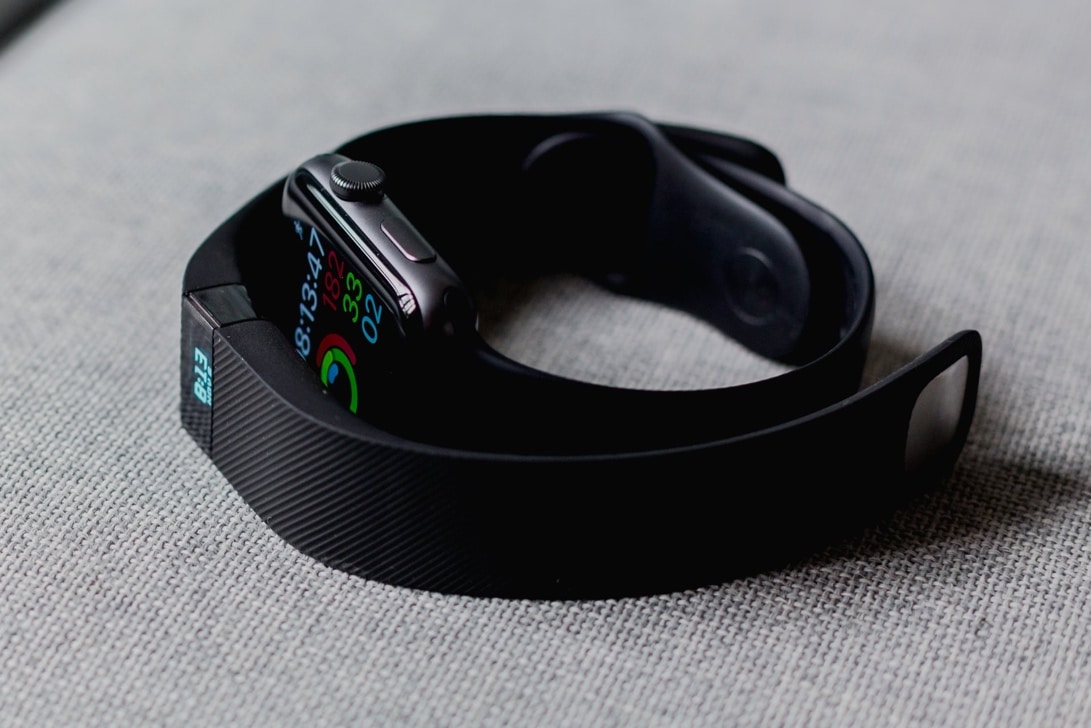

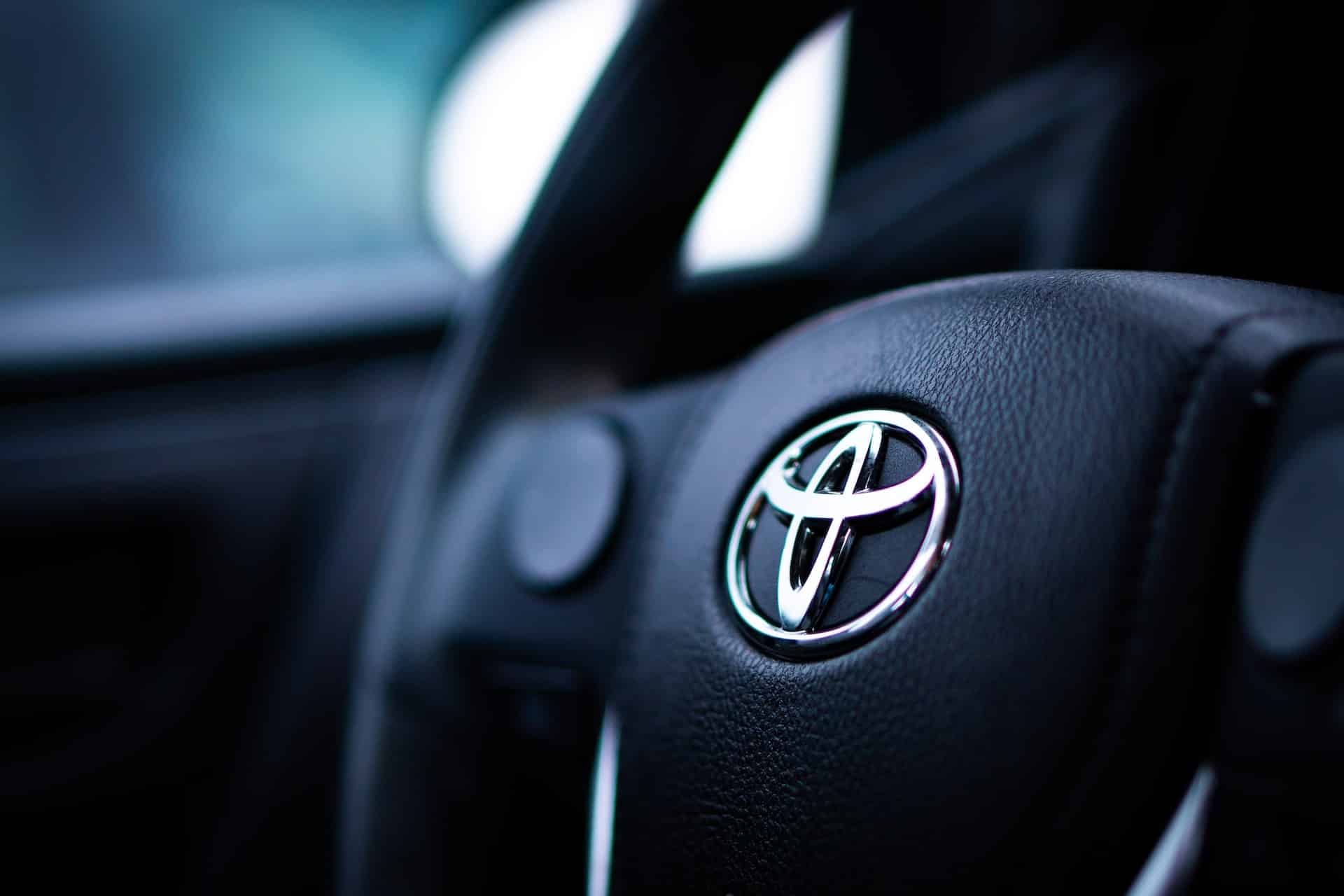








Add comment